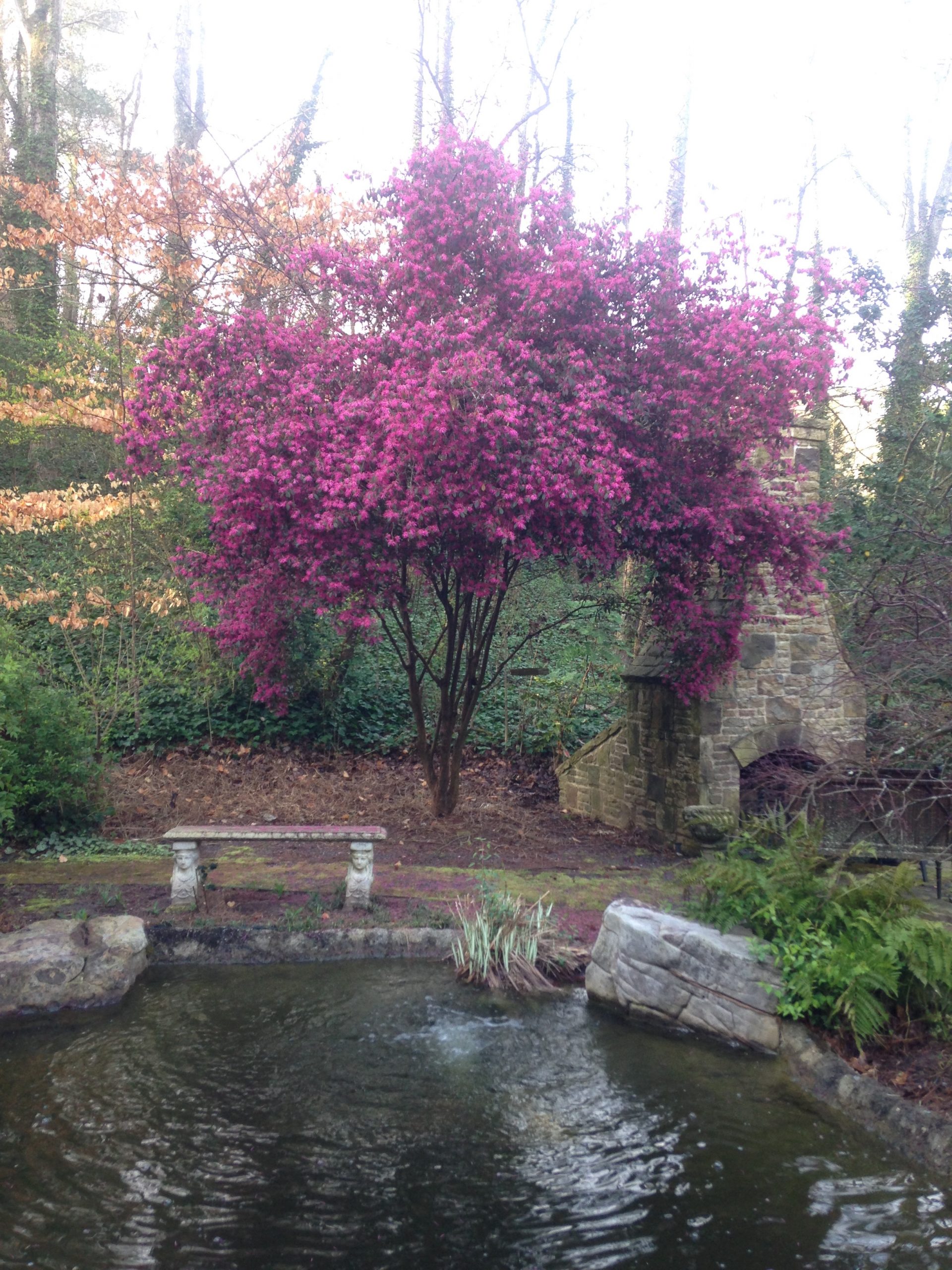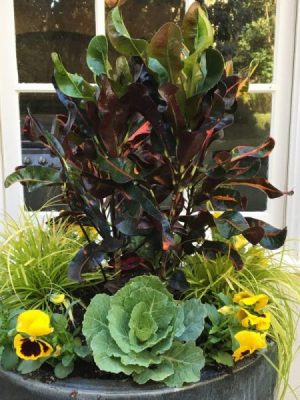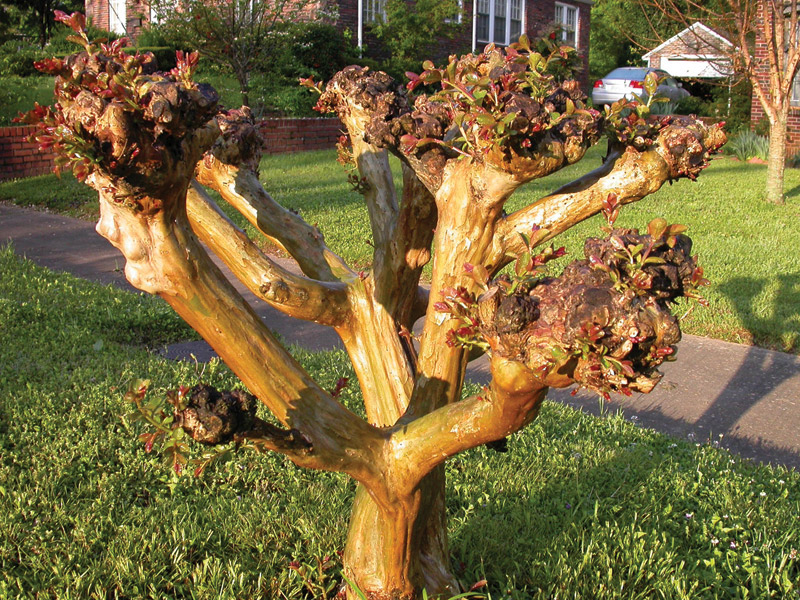Important plant care can, and should, be happening now. There are also a lot of tasks that should not be happening right now. We’ll help you decide what to do ~ and what not to do ~ to keep your plants healthy. Some of these decisions will be easy, others may require a bit more information or consideration.
For starters, as the blooms on many varieties of Camellia Sasanqua begin to wane, this is a great time to start pruning them. Camellia Sasanquas bloomed much earlier than usual this year. Yet another event making 2020 weird, at best. We’ve seen Yuletides, normally a reliable Christmas-time bloomer, already run their course. Before pruning your Sasanquas, make sure it’s a Sasanqua – if you start pruning Camellia Japonicas now you will most likely cut off flowers. If you aren’t comfortable pruning your Camellias, please, call us. We have extensive experience, from regeneration pruning to light shaping and general care.
This has been a very early year for Camellias. Maybe it was the fantastic spring weather or the tolerable summer temperatures, but Camellia Sasanquas are bursting with blooms and Camellia Japonicas are filled with buds.
We prefer to begin pruning Camellias directly after flowering so they have a full season to recover. As they begin to sprout new growth in spring, we will touch-up any areas that need attention or areas where we need to direct new growth. Camellias, when properly maintained, are extremely resilient and very responsive to deep pruning. Although they can tolerate drastic pruning, taking the back by one-half or more, they tend to respond best to rejuvenation pruning that takes place over several years.
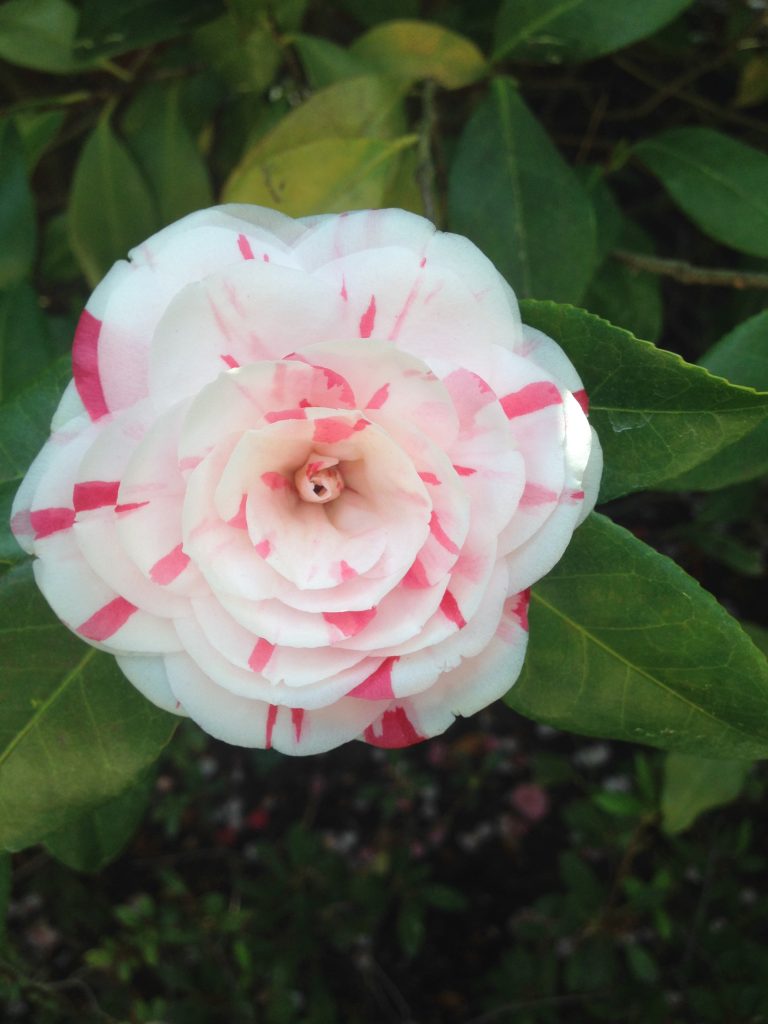
A common sense, rule-of-thumb for most plants is to prune immediately after flowering. At times, however, we have to do things at the most inopportune time. When the joys of home ownership strike – like replacing a sewer line, a roof or another home repair – we might be forced to violate the rules of all the Garden gurus. We have had to prune Azaleas in February, Hydrangea Macrophyllas in April and Gardenias in every season. We know the reality of breaking some of the steadfast rules of gardening, and here are a few facts to help you spruce up your garden now:
- Yes, it is true that pruning Hydrangea Macrophyllas in November will have an impact on blooms next year. As a matter of fact, it will have a substantial impact on how much they flower. It will not, however, harm the plants. So if they’ve just gotten too darn big and you can live a year without flowers, have at it. But make it worthwhile by pruning them at least 2’ below the desired height so they have some room to grow.
- Yes, it is also true that pruning Azaleas (Encores not included) in November will have an impact on flowers, but this is much more dependent on weather. Whereas you may not get a single flower on Hydrangeas, Azaleas may still produce flowers, just less of them. If you focus primarily on the rangy growth shooting up above the rest of the plant, you will probably have a pretty good spring.
- From our experience, Gardenias respond well to proper pruning, almost any time of year, including right now. The most important time to avoid is the 3-4 months directly preceding blooms. So, if your Gardenia is getting a little too large, or if it’s looking a little wild and unkempt, now is a great time to clean it up. As with most pruning, make it worthwhile: Gardenias are a prime target of White Flies, and proper pruning can be a very effective tool in fighting insects and disease. This kind of work is right in our wheelhouse – call us to help with pruning and basic plant care – Click here to learn how to make pruning an effective tool to fight insects and disease: When you prune your Gardenias keep in mind that they are prime targets of White Flies. Proper pruning is the first defense against these prolific pests. Don’t just prune the top of the plant, and don’t just prune to shape it. Go deep into the plant and thin the interior, which will increase light and airflow throughout the plant. White Flies like dense, dark, still, moist environments – create an environment in your Gardenias that provides none of the above. If you already see signs of White Flies (black sooty substance on the leaves, swarms of White Flies when you brush the plant) soak them with Horticulture Oil several times over the next few weeks, then use a hose with a high pressure nozzle to spray the leaves. The Horticulture Oil will smother the White Flies and combined with a strong stream, should remove most of the soot from the leaves.
Crape Myrtles
Just don’t. That’s our advice. We have no idea where this bizarre ritual called “Crape Murder” originated, but it is horticultural insanity. Since Crape Myrtles are ornamental trees, cleaning out unhealthy growth, crossing branches and water sprouts is always a good idea. You can even do some light pruning to shape the canopy…just a bit. Our guide is a #2 pencil: prune out any growth smaller than a #2 pencil and you’re doing the best thing for your Crapes. This is something you can do at any time, including right now. But if you are envisioning a chainsaw….Just Don’t.
Liriope
No, it’s not really pruning, but if you feel the need to hack something, hack your Liriope. That’s right, scalp it to a nub! It’s labor-intensive so a lot of landscape companies are skipping it these days. This removes all of the brown, damaged blades and will cause the plant to completely rejuvenate, resulting in a dramatic improvement.
***Note – this is very weather-dependent. We generally save this task for January to avoid having it sprout new growth in a warm spell, then get a hard freeze that burns the blades, causing us to have to scalp it again.
Loropetalums
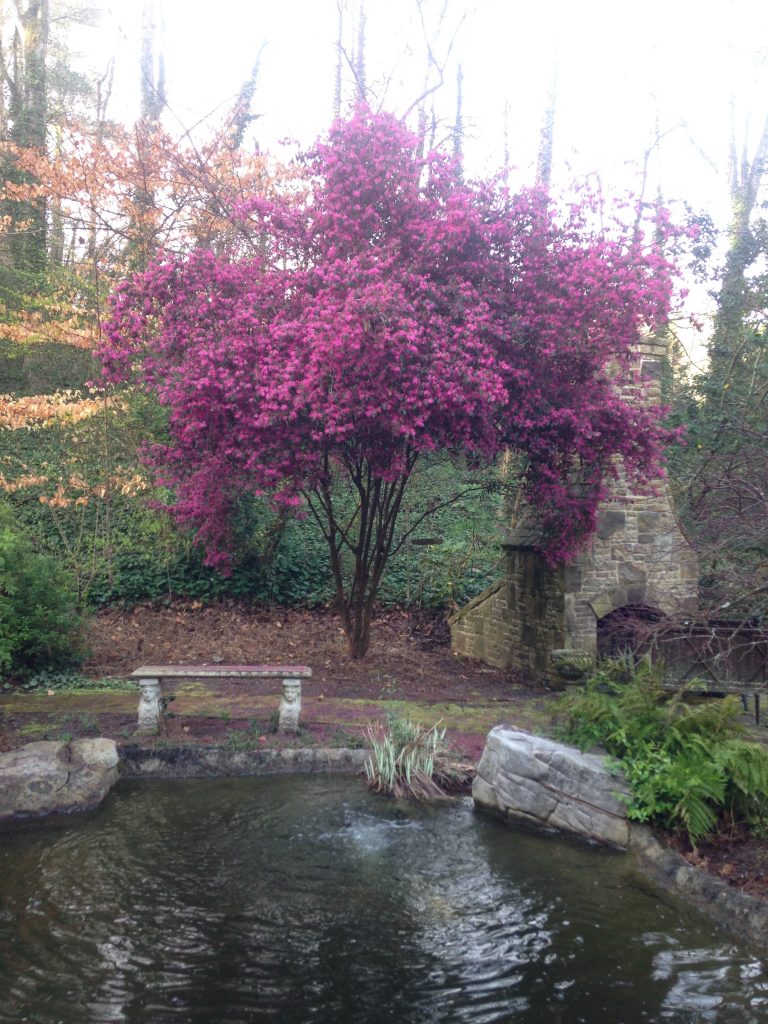
It’s surprising how many people don’t know that Loropetalums produce flowers. Fabulous, bold, pink flowers in spring…if they are properly pruned. Unfortunately, most Loropetalums are perpetually sheared and shaped into balls and cubes.
If your Loropetalums have been flat-topped like Sargent Carter’s hair for most of their lives, lightly prune them now. Your goal is to thin them out to direct more energy (e.g. flower power) to fewer canes. This will also allow more light into the plant, which encourages new, healthy growth. After this light pruning, don’t touch them until after they flower in spring. Most important, don’t let anybody assault them with shears, gas or otherwise. The more they are sheared, the more they have to be sheared – it’s a vicious cycle of destruction.
As we get closer to true, winter weather our calendar will begin to fill with important cold-weather tasks. Be sure to check back for seasonal updates.

